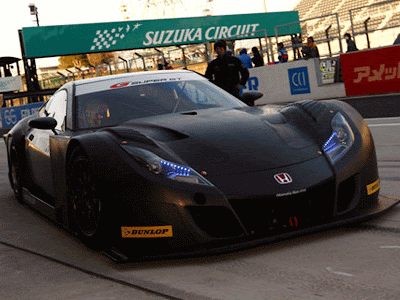Chevrolet's ongoing American Revolution came to NHRA Pro Stock with the introduction of the Chevy Cobalt at Bristol Dragway on April 29, 2005. It didn't take long for the new Chevy to earn a place in the NHRA record book. On June 18, 2005, Kurt Johnson qualified his ACDelco Cobalt in the No. 1 spot at the K&N Filters Super Nationals in Englishtown, N.J. One week later, Johnson put his Cobalt in the winner's circle at the Sears Craftsman NHRA Nationals in Madison, Ill. In 2007, Chevy Cobalt drivers combined for seven victories in 12 final-round appearances, with Dave Connolly finishing third in the final Pro Stock standings and Johnson finishing fifth.
During this initial design phase, NHRA officials mandated more than 20 minimum dimensions for the construction of Pro Stock cars, including the new Cobalt. The new specifications covered such areas as the height and width of the car, the front and rear overhangs and other critical dimensions.
The production version of the Cobalt provided a solid foundation for GM Racing engineers to begin the planning and construction of the Pro Stock version. Extensive research was conducted in the GM wind tunnel in Warren, Mich., evaluating various greenhouse shapes, decks, roofs and fender flares to determine the most aerodynamically efficient design.
GM Racing engineers had two objectives for the Cobalt program: The first was to create a one-piece body, or unibody, that would make it more efficient for chassis builders to mount and work with, and for the NHRA Technical Department to inspect. The second was to reduce the weight of the body while maintaining its stiffness, strength and structural integrity.
After the molds were completed, Five Star created a Cobalt body that was sent back to Ness Racecraft, where it was mounted on a chassis. NHRA inspectors again went through the process of checking dimensions, and at this point the templates were made.
© Source: seriouswheels
We need your comments below >>











No comments:
Post a Comment